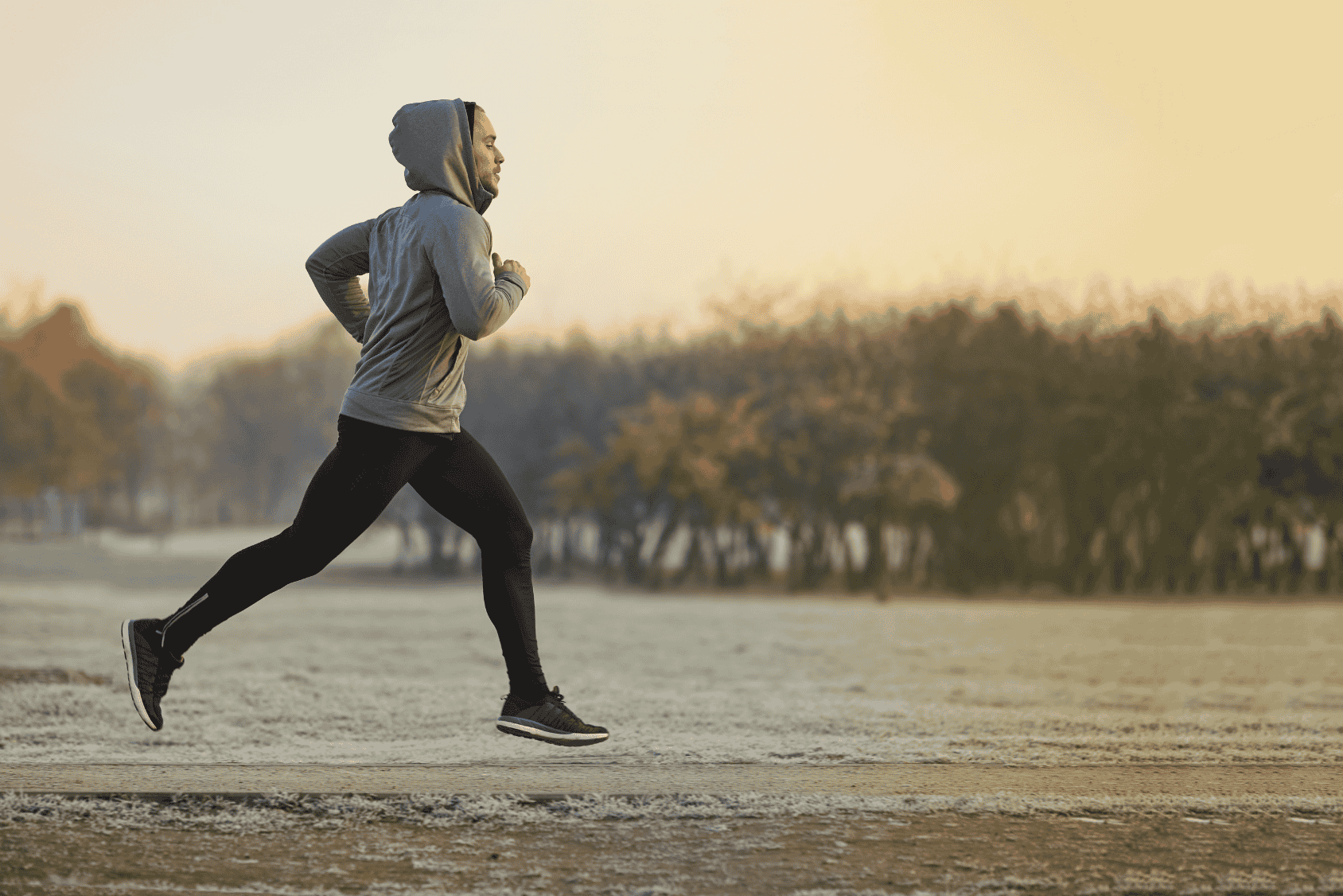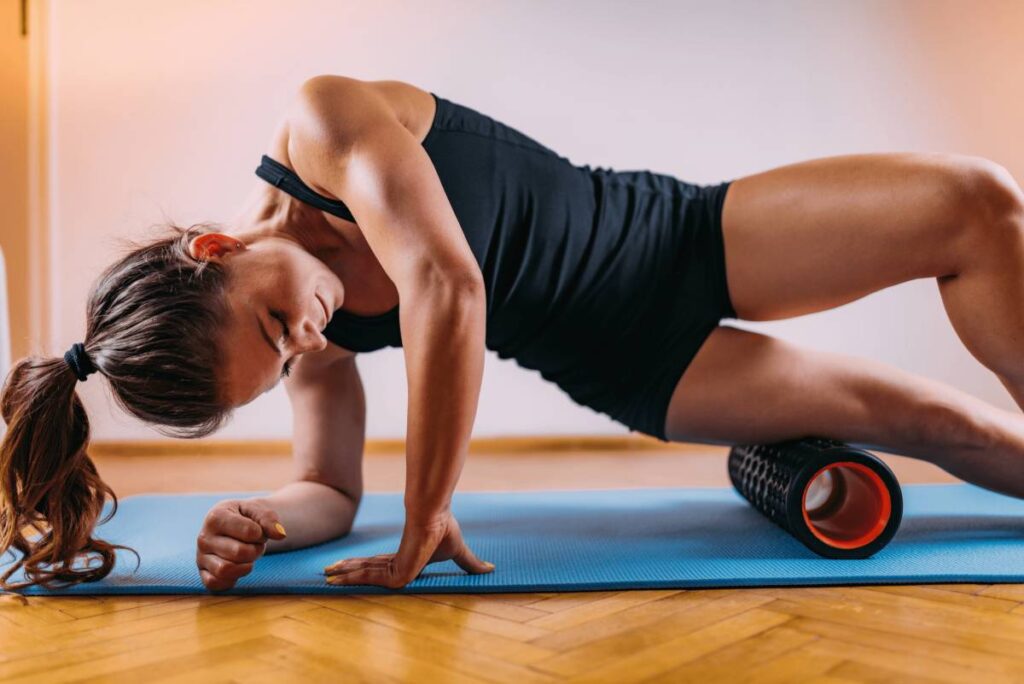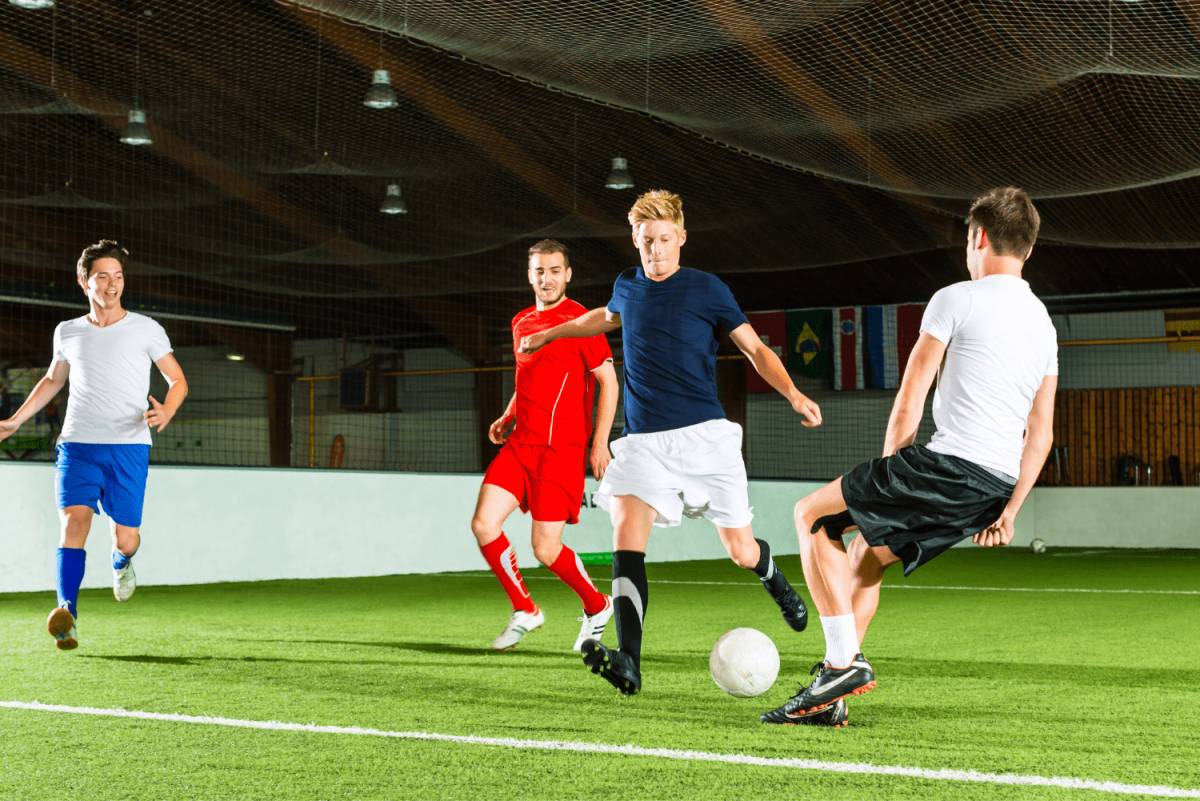As the days get shorter and the winter chill sets in, it’s easy to lose motivation to stay active. The days feel shorter, the couch feels cozier, and before you know it, your fitness routine is gathering dust. But sticking to a regular winter workout isn’t just about physical health—it’s one of the best ways to support your immune system, lift your mood, and help you feel more energised overall.
Here are six practical, evidence-backed ways to stay active and feel your best this winter:
1. Get Outside When You Can (Yes, Even in Winter)
Sunshine might be rare in winter, but when it does appear—get outside. Just 15–30 minutes of sun exposure a few times a week helps your body produce vitamin D, which plays a key role in bone health, immune function, and mood regulation.
Research shows that vitamin D deficiency is more common during winter and linked to fatigue, depression, and reduced immunity (Holick, 2007; Ganji et al., 2020). Taking a brisk walk or jog on a sunny day provides a double benefit: fresh air and natural light, both of which are powerful for improving physical and mental health. If you love to swim but dislike the cold, consider wearing a wetsuit!
Tip: If you spend a lot of time indoors or wear heavy clothing outside, speak to your GP about whether vitamin D supplementation is appropriate for you.

2. Move It Indoors
When the weather doesn’t cooperate, shift your movement indoors. You don’t need a gym—bodyweight workouts, yoga, Pilates, or resistance band routines at home can all keep you active.
Light indoor activity reduces stiffness, improves circulation, and supports joint health (Booth et al., 2012). Bonus: no commute, and you can stay in your comfy clothes.

3. Build a Consistent Routine
Shorter days can mess with your motivation, but building a daily movement habit can make a big difference.
Consistent physical activity helps regulate circadian rhythm and boosts daytime alertness (Baehr et al., 2003). Even 10–15 minutes a day adds up. Try stretching first thing in the morning or going for a short walk after lunch.
Morning movement is especially helpful—it energises you and makes you less likely to skip exercise later when you get a better offer!
4. Boost Your Mood Through Movement
Exercise is a powerful tool for mental well-being. It increases endorphins, serotonin, and dopamine—the brain chemicals that help reduce stress and boost mood (Mikkelsen et al., 2017).
Regular movement has been shown to reduce symptoms of anxiety and depression. It can be just as effective as medication for mild to moderate mental health conditions (Rebar et al., 2015).
If winter tends to impact your mood, start with small, achievable movement goals and build up from there.

5. Move with a Mate
You’re much more likely to stick to your routine if you’re not doing it alone. Whether it’s a walking buddy, workout partner, or joining a class or team sport, accountability is key. Social support has been shown to significantly improve motivation and consistency with exercise (Lindsay Smith et al., 2017). Plus, it makes movement more enjoyable.
6. Keep It Fun
Movement doesn’t have to be serious or structured. Dance, indoor rock climbing, martial arts, and even walking the dog count! Engaging in enjoyable activities improves your chances of staying consistent and reduces the likelihood of seasonal inactivity (Rhodes & Kates, 2015).

Wrap-Up
Winter doesn’t have to mean hibernation. With the right strategies and mindset, you can stay active, feel more energised, and support your physical and mental health all season long.
Need Support This Winter? We’ve Got You.
Our allied health team can help you stay on track with personalised advice, rehab-focused exercise plans, and practical tips tailored to your lifestyle. Whether you’re managing pain, recovering from injury, or simply trying to stay active through winter, we’re here to support you.
Dr. Dan Raab
Osteopath
📧 daniel.raab@staytuned.com.au

References
Baehr, E.K., Revelle, W., & Eastman, C.I. (2003). Individual differences in the phase and amplitude of the human circadian temperature rhythm: with an emphasis on morningness-eveningness. Journal of Sleep Research, 9(2), 117–127. https://doi.org/10.1046/j.1365-2869.2000.00196.x
Booth, F.W., Roberts, C.K., & Laye, M.J. (2012). Lack of exercise is a major cause of chronic diseases. Comprehensive Physiology, 2(2), 1143–1211.
Buman, M.P., & King, A.C. (2010). Exercise as a treatment to enhance sleep. American Journal of Lifestyle Medicine, 4(6), 500–514.
Ganji, V., Tangpricha, V., & Zhang, X. (2020). Vitamin D status in the US population: 2011–2014. American Journal of Clinical Nutrition, 111(3), 584–590.
Holick, M.F. (2007). Vitamin D deficiency. New England Journal of Medicine, 357(3), 266–281.
Lindsay Smith, G., Banting, L., Eime, R., O’Sullivan, G., & van Uffelen, J.G. (2017). The association between social support and physical activity in older adults: a systematic review. International Journal of Behavioral Nutrition and Physical Activity, 14(1), 56.
Mikkelsen, K., Stojanovska, L., Polenakovic, M., Bosevski, M., & Apostolopoulos, V. (2017). Exercise and mental health. Maturitas, 106, 48–56.
Rebar, A.L., Stanton, R., Geard, D., Short, C., Duncan, M.J., & Vandelanotte, C. (2015). A meta-meta-analysis of the effect of physical activity on depression and anxiety in non-clinical adult populations. Health Psychology Review, 9(3), 366–378.
Rhodes, R.E., & Kates, A. (2015). Can the affective response to exercise predict future motives and physical activity behaviour? A systematic review of published evidence. Annals of Behavioral Medicine, 49(5), 715–731.

